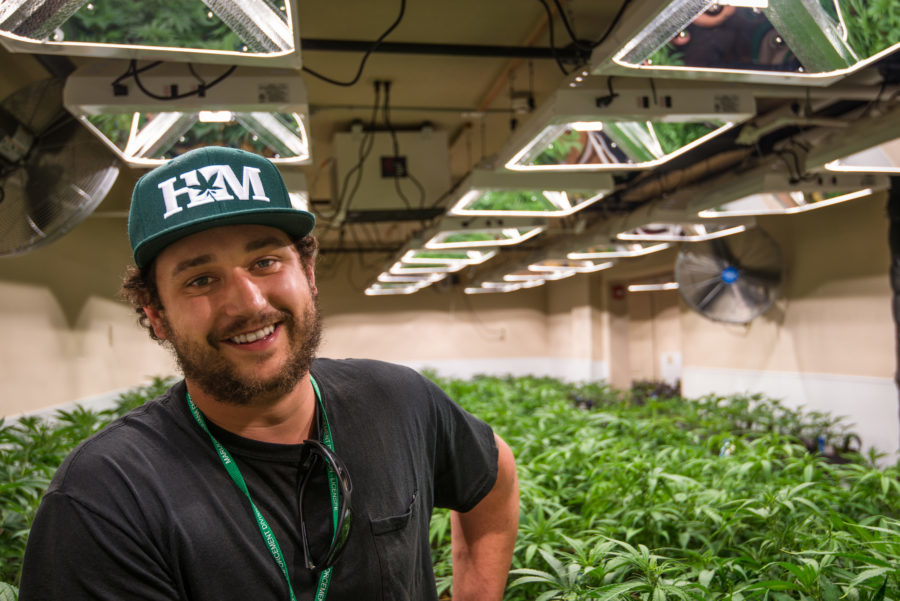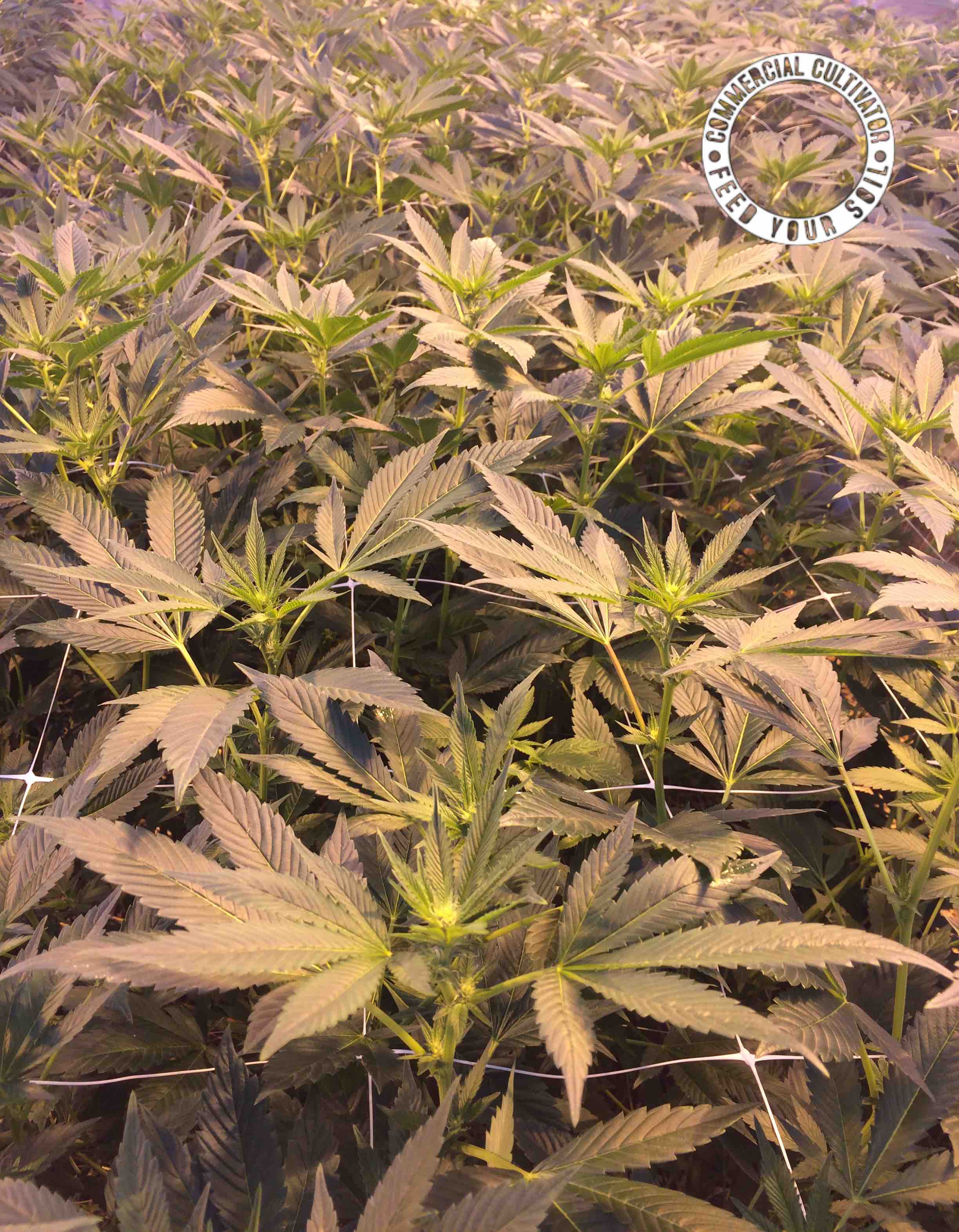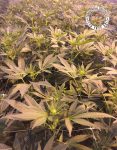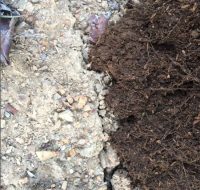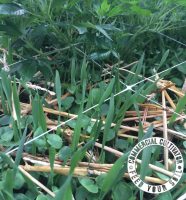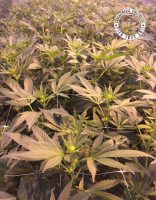Clean, ecologically sound production methods are the ideal for any cultivation or farming activity. Taking from the earth only what is needed to grow the crop and leaving behind little in the way of chemicals and land/water loss is the goal; with cannabis grow facilities, it can also be a reality.
This type of production does require some capital investment into state-of-the-art equipment and facilities, with standards that are equal to or even surpass current EPA and USDA regulations. While cannabis growing does not yet have access to the organic certification, that doesn’t mean growers can’t abide by and even go beyond the rules, to grow clean, healthy and environmentally sound cannabis.
There are a few essential elements required to make this kind of operation a reality.
Ecologically advanced use of power
- For any indoor facility, one of the key elements is lighting. Using as energy efficient a system as possible is key. The best option at the moment is LEC lighting, which provides a spectrum of light that is very close to natural. This makes checking on plant progress more realistic and, with the inclusion of UV-B in the spectrum, can improve yields as well. In addition, the LEC bulbs have a long life—up to 2 years—which means lower maintenance costs as well.
-
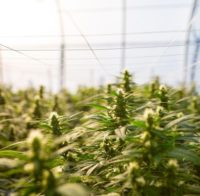
The demand for high-quality, organically grown cannabis continues to increase Another aspect of growing that tends to use a lot of power is the cooling system. A standard HVAC system will be power intensive, so alternative ones like water chilled climate control systems are just as effective and 30% more power efficient. These systems are also able to reuse wasted power by feeding it back into the system, creating an additional 10% energy reduction. In addition, when the outdoor air temperature dips below 45 degrees, a water chilled system can switch to using the outside air, creating 60—70% in energy savings.
Efficient management of water resources
- Cultivators depend heavily on water to ensure that the plants are hydrated and able to absorb the nutrients they need to grow and thrive. The result for many however is an excessive waste of water. This is a problem when a grow facility is leveraging municipal water resources. A water meter helps to manage and track usage but to ensure that it is used as efficiently as possible, a “top feeding” method of usage ensures minimal water waste (5% or less).
Effective waste management
- Wastewater is a byproduct of any water intensive cultivation method but there again, managing the systems to ensure that what water isn’t reused and becomes “gray water” is still as clean as possible is the ideal. A high-quality filtration system keeps sediment, chlorine and other harmful elements out of the water supply — and out of the municipal sewage system. Further, by using organic matter throughout the growing process, the wastewater that is produced will meet every federal standard for organic food production.
- All plant waste in a grow facility—for example: stems and fan leaves—is disposed of according to state and local laws. With cannabis plants, that requires a certain level of security, including locked dumpsters that are only unlocked and placed outside when the removal trucks arrive on site.
Organic farming practices
- Using OMRI (Organic Materials Review Institute) listed soil is an essential part of clean, environmentally friendly growing. To ensure the proper nutrients are available for each harvest, once a crop is gathered, the soil is transferred to a local landscape company to compost and reuse.
- Pesticides need to obviously be avoided and all fertilizers need to be USDA approved as organic and all nutrients need to be certified by OMRI to ensure they don’t contain any synthetic materials.
Considering all of these aspects is essential to creating an ecologically friendly grow facility with tremendous yields that are clean and safe for the end consumer, as well as minimizing the impact to the earth.

